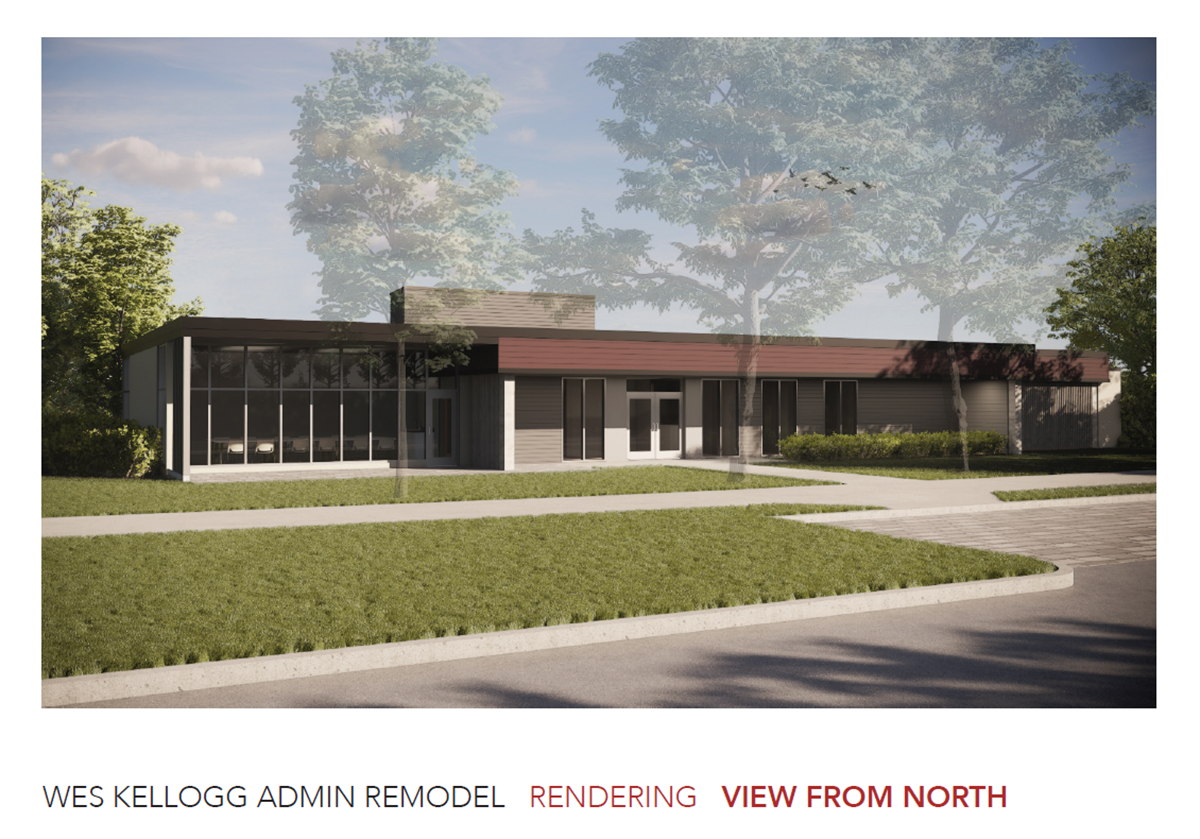Milwaukie Porchfest Live Music
Do you like live music? Bring the entire family and join us for Milwaukie Porchfest on Friday, July 18 at the Kellogg Creek Water Resource Recovery Facility from 6:30 – 8:30 p.m. African marimba band, Danda, will perform in Milwaukie Bay Park just below the Kellogg Creek facility. Enjoy refreshments alongside Milwaukie community members; you won’t want to miss this 9-member band playing uplifting dance music with their own acoustic handmade instruments!
About Danda:
 Translate
Translate







